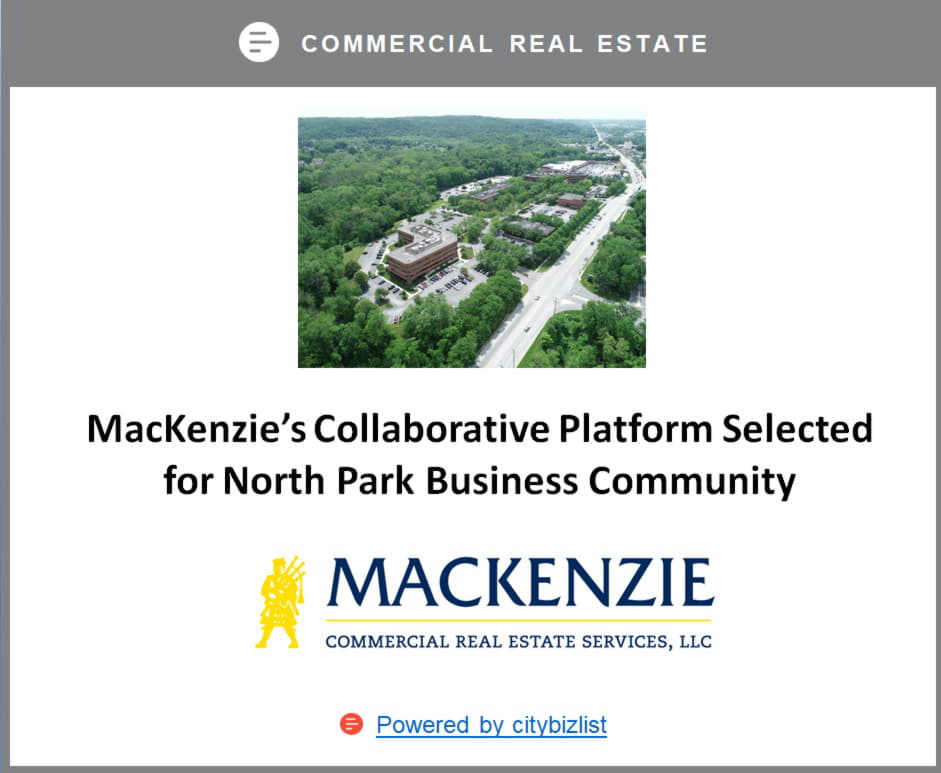CAMBRIDGE, Mass. & COLLEGE STATION, Texas--(BUSINESS WIRE)--Royal Philips (NYSE: PHG, AEX: PHIA) and The Texas A&M University System Chancellor John Sharp today announced a collaboration aimed at developing population health solutions as part of the Healthy South Texas pilot project, creating integrated Emergency Medical Services (EMS) technologies for more efficient and effective coordination of response efforts, and developing point-of-care diagnostics and biosurveillance to help avoid epidemics and pandemics.
This latest Philips effort comes on the heels of other recent research agreements with leading institutions to research interventional oncology and new methods of measuring intracranial pressure.
Healthy South Texas is a $10 million pilot project, funded by the Texas legislature, that is delivering preventive health care to 27 South Texas counties by using a combination of county extension agents and health experts from the Texas A&M AgriLife Extension Service and the Texas A&M Health Science Center. The project is focused on the prevention of diabetes, asthma and infectious diseases.
As part of the collaboration, Philips and The Texas A&M University System will establish The Center for Global Health and Innovation on campus, an open innovation environment that will foster public-private partnerships to rapidly design, develop, prototype, and showcase healthcare solutions. Texas A&M University has led the nation in agriculture-related research expenditures for three consecutive years and the Center would allow Philips to explore other opportunities in health care based on research at TheTexas A&M AgriLife System.
“Many of today’s problems are too complicated and expensive to be addressed by the public sector alone,” said Chancellor Sharp. “Public-private partnerships can show the way for addressing issues such as health care in a collaborative way that benefits our citizens, both as health care consumers and taxpayers.”
The collaboration will focus on three main project areas:
- Healthy South Texas Population Health Initiative (HST) - The main goal of the HST program is to build a robust and replicable foundation for prevention, community outreach, and engagement. The program will also extend wellness services by expanding and enhancing disease prevention and control programs to every citizen of South Texas. Philips and Texas A&M University System will look to scale and replicate these best practice models of population health management nationally and globally.
- EMS Integrated Solutions – Aimed at increasing real-time visibility into medical resources and availability, the program will co-develop holistic solutions that can help support emergency medical coordinators, increasing efficiency and efficacy. The program will include developing a platform for coordination of EMS supplies and service, as well as solutions that leverage Philips decision-support and analytics technologies to help State, City and Municipal administrators prepare for, respond to, and recover from major medical disasters. Training programs on these new and existing technologies will also be included.
- Point-of-Care Diagnostics and Biosurveillance – By combining Philips expertise in point-of-care diagnostics for patients with The Texas A&M University System’s expertise in animal biosurveillance, the collaboration seeks to establish an integrated network for monitoring infectious diseases and help to establish standards for a One Health approach. The One Health concept recognizes that the health of humans is connected to both the health of animals and the environment, and it is recognized that greater collaboration between healthcare providers focused on each of these areas can prevent public health threats.
According to Dr. Mark Hussey, Vice Chancellor and Dean of the College of Agriculture and Life Sciences, 70 percent of all emerging diseases are transmitted from animals to humans, which fits The Texas A&M University System’s expertise, whether in detecting or treating diseases, manufacturing vaccines or educating the public through the Healthy South Texas pilot.
“At Philips, we are committed to building a healthy society by improving the lives of 3 billion people by 2025, working in collaboration with world-class organizations like The Texas A&M University System to understand how we can really impact communities: from outreach programs focused on healthy living and prevention, to understanding how we can improve our ability to react to health threats,” said Hans Aloys-Wischmann, head of Philips Research for North America. “This program puts us shoulder-to-shoulder with those who are on the front line of care, giving us unprecedented insight into developing real-life applications and solutions that can make a difference in human health on both a local and global scale.”
About Royal Philips
Royal Philips (NYSE: PHG, AEX: PHIA) is a leading health technology company focused on improving people's health and enabling better outcomes across the health continuum from healthy living and prevention, to diagnosis, treatment and home care. Philips leverages advanced technology and deep clinical and consumer insights to deliver integrated solutions. The company is a leader in diagnostic imaging, image-guided therapy, patient monitoring and health informatics, as well as in consumerhealth and home care. Headquartered in the Netherlands, Philips' health technology portfolio generated 2015 sales of EUR 16.8 billion and employs approximately 69,000 employees with sales and services in more than 100 countries. News about Philips can be found at www.philips.com/newscenter.
About The Texas A&M University System
The Texas A&M University System is one of the largest systems of higher education in the nation, with a budget of $4.2 billion. Through a statewide network of 11 universities, seven state agencies and a comprehensive health science center, the Texas A&M System educates more than 140,000 students and makes more than 22 million additional educational contacts through service and outreach programs each year. System-wide, research and development expenditures exceeded $946 million in FY 2015 and helped drive the state’s economy.









